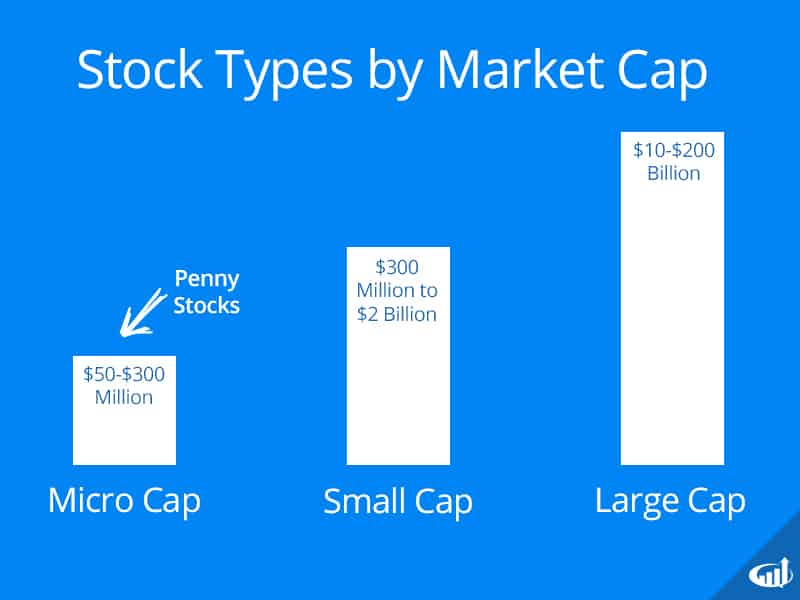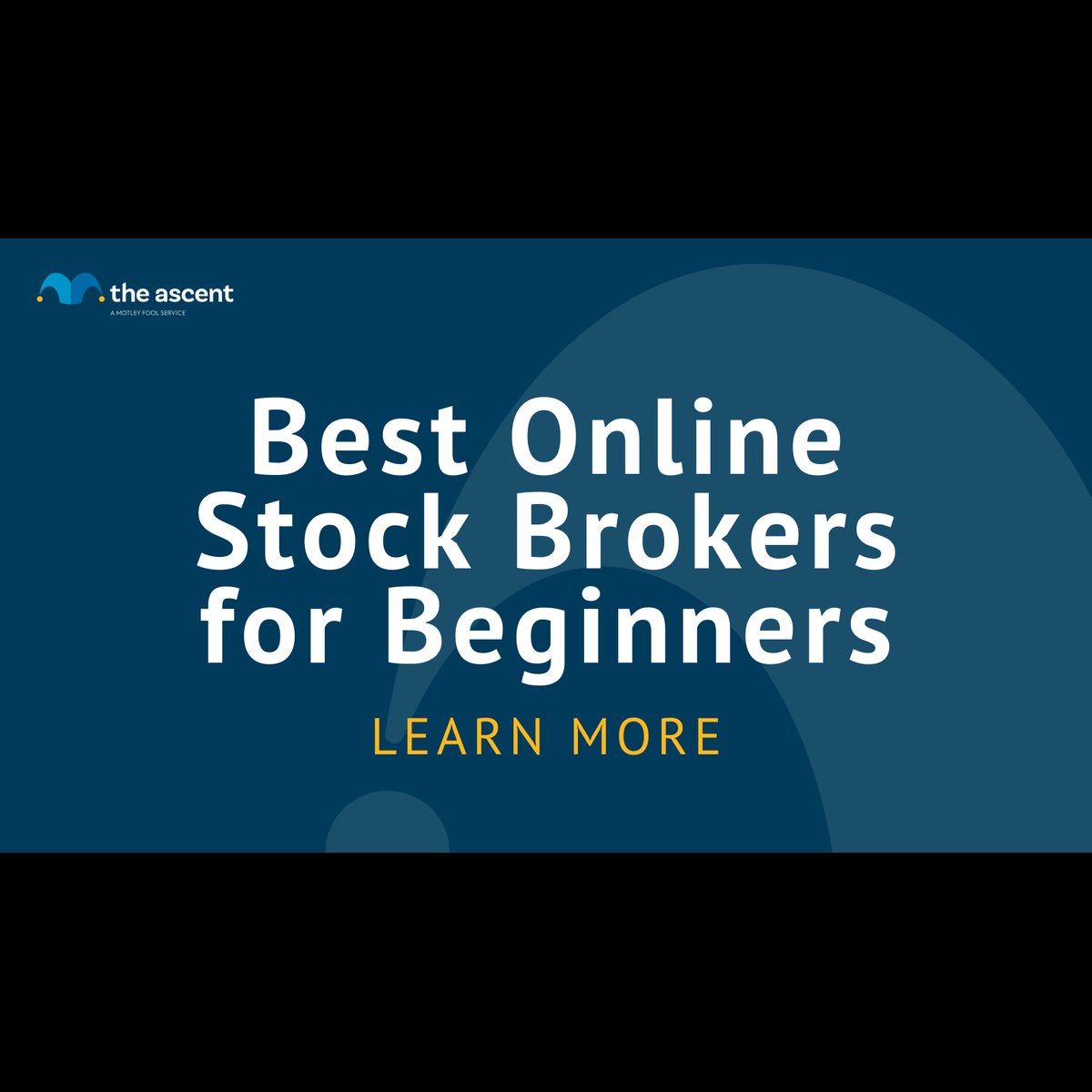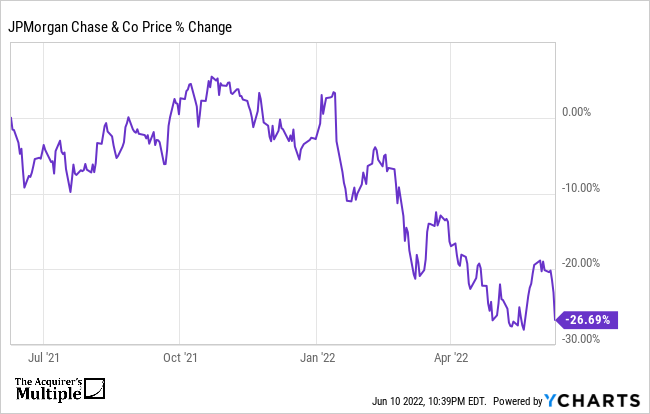
Forex trading apps can make a big difference, whether you're a beginner trader or an experienced pro. It allows you to stay in the know about the market, and it also lets you spot trading opportunities. It gives you the tools to make a sound investment. These apps are compatible with both iOS and Android devices and can be set up quickly. Many apps include practice accounts in addition to a wide range of features.
AvaTrade has been a leader in the forex trading app market for some time now. The company offers a mobile app that allows users to trade the market from anywhere, any time. The app includes market analysis, virtual trading simulators, and risk scanners. You can also get real-time updates about market news and currency rates. The app is free to download and available for both iOS & Android.
IG is one of the most well-known brokers worldwide. The app allows forex traders to trade easily and has an intuitive interface. The app includes all the features you'd expect in a desktop version, such as charts, news, and realtime market data. You can use the app to simulate trading and receive news and release alerts. You can also use it to make bank transfers and debit/credit cards payments. It is an excellent option for anyone who has to withdraw quickly.

SaxoTrader Platform supports third-party tools including technical indicators and trading signals. It also offers extensive charting and research. SaxoTraderPRO was designed for institutional clients and provides a range of risk management tools.
TD Ameritrade claims the mobile app can be used to access desktop trading account functions. But it is restricted to account holders. It has an intuitive interface that allows users to stream data from multiple devices, including their smartphones. It also provides access to the company's wide range of fixed income products.
Traderush is another app that offers a range of features, including a risk scanner, trading simulator, and news alerts. It also provides information about the forex markets. It's powered by cloud technology, so it won't suffer from lag or other problems related to a smartphone. The app includes professionally curated news, trading simulations, and an economy calendar.
Thinkorswim is a popular app for iOS and Android users. You can set up custom alerts, and you can draw with it. It also features the multi-screen mode, which allows you to monitor your trades from multiple devices at the same time. The app is available in 18 languages. It also includes intelligence indicators. It also has the ability to send push notifications to your phone.

FXOpen's TickTrader is available in the Google Play Store for free. It provides advanced tools for market analysis, technical analysis, and market analysis. It also features real-time market data and pending orders.
FAQ
What is a Stock Exchange and How Does It Work?
A stock exchange is where companies go to sell shares of their company. This allows investors and others to buy shares in the company. The market determines the price of a share. It is often determined by how much people are willing pay for the company.
Investors can also make money by investing in the stock exchange. Investors invest in companies to support their growth. They buy shares in the company. Companies use their money for expansion and funding of their projects.
Stock exchanges can offer many types of shares. Some are known simply as ordinary shares. These are the most popular type of shares. These are the most common type of shares. They can be purchased and sold on an open market. Stocks can be traded at prices that are determined according to supply and demand.
Preferred shares and debt securities are other types of shares. Preferred shares are given priority over other shares when dividends are paid. These bonds are issued by the company and must be repaid.
What are the benefits of investing in a mutual fund?
-
Low cost - purchasing shares directly from the company is expensive. It is cheaper to buy shares via a mutual fund.
-
Diversification is a feature of most mutual funds that includes a variety securities. If one type of security drops in value, others will rise.
-
Management by professionals - professional managers ensure that the fund is only investing in securities that meet its objectives.
-
Liquidity – mutual funds provide instant access to cash. You can withdraw your funds whenever you wish.
-
Tax efficiency – mutual funds are tax efficient. Because mutual funds are tax efficient, you don’t have to worry much about capital gains or loss until you decide to sell your shares.
-
Buy and sell of shares are free from transaction costs.
-
Mutual funds are easy-to-use - they're simple to invest in. You will need a bank accounts and some cash.
-
Flexibility - you can change your holdings as often as possible without incurring additional fees.
-
Access to information - you can check out what is happening inside the fund and how well it performs.
-
You can ask questions of the fund manager and receive investment advice.
-
Security - you know exactly what kind of security you are holding.
-
Control - The fund can be controlled in how it invests.
-
Portfolio tracking: You can track your portfolio's performance over time.
-
Easy withdrawal - it is easy to withdraw funds.
What are the disadvantages of investing with mutual funds?
-
Limited investment options - Not all possible investment opportunities are available in a mutual fund.
-
High expense ratio – Brokerage fees, administrative charges and operating costs are just a few of the expenses you will pay for owning a portion of a mutual trust fund. These expenses will reduce your returns.
-
Insufficient liquidity - Many mutual funds don't accept deposits. These mutual funds must be purchased using cash. This limits your investment options.
-
Poor customer support - customers cannot complain to a single person about issues with mutual funds. Instead, you must deal with the fund's salespeople, brokers, and administrators.
-
Risky - if the fund becomes insolvent, you could lose everything.
What's the difference between marketable and non-marketable securities?
Non-marketable securities are less liquid, have lower trading volumes and incur higher transaction costs. Marketable securities on the other side are traded on exchanges so they have greater liquidity as well as trading volume. Marketable securities also have better price discovery because they can trade at any time. However, there are many exceptions to this rule. For example, some mutual funds are only open to institutional investors and therefore do not trade on public markets.
Non-marketable security tend to be more risky then marketable. They generally have lower yields, and require greater initial capital deposits. Marketable securities tend to be safer and easier than non-marketable securities.
A bond issued by large corporations has a higher likelihood of being repaid than one issued by small businesses. The reason is that the former will likely have a strong financial position, while the latter may not.
Because they are able to earn greater portfolio returns, investment firms prefer to hold marketable security.
Can bonds be traded?
Yes, they do! Bonds are traded on exchanges just as shares are. They have been for many years now.
The only difference is that you can not buy a bond directly at an issuer. They must be purchased through a broker.
This makes it easier to purchase bonds as there are fewer intermediaries. This also means that if you want to sell a bond, you must find someone willing to buy it from you.
There are many different types of bonds. Some bonds pay interest at regular intervals and others do not.
Some pay interest annually, while others pay quarterly. These differences make it possible to compare bonds.
Bonds are very useful when investing money. In other words, PS10,000 could be invested in a savings account to earn 0.75% annually. You would earn 12.5% per annum if you put the same amount into a 10-year government bond.
If you were to put all of these investments into a portfolio, then the total return over ten years would be higher using the bond investment.
What is a REIT and what are its benefits?
A real-estate investment trust (REIT), a company that owns income-producing assets such as shopping centers, office buildings and hotels, industrial parks, and other buildings is called a REIT. These publicly traded companies pay dividends rather than paying corporate taxes.
They are similar in nature to corporations except that they do not own any goods but property.
What is the difference between stock market and securities market?
The entire market for securities refers to all companies that are listed on an exchange that allows trading shares. This includes stocks and bonds, options and futures contracts as well as other financial instruments. There are two types of stock markets: primary and secondary. Stock markets that are primary include large exchanges like the NYSE and NASDAQ. Secondary stock markets are smaller exchanges where investors trade privately. These include OTC Bulletin Board Over-the-Counter and Pink Sheets as well as the Nasdaq smallCap Market.
Stock markets are important because they provide a place where people can buy and sell shares of businesses. Their value is determined by the price at which shares can be traded. A company issues new shares to the public whenever it goes public. These shares are issued to investors who receive dividends. Dividends are payments made by a corporation to shareholders.
In addition to providing a place for buyers and sellers, stock markets also serve as a tool for corporate governance. The boards of directors overseeing management are elected by shareholders. The boards ensure that managers are following ethical business practices. In the event that a board fails to carry out this function, government may intervene and replace the board.
Statistics
- Our focus on Main Street investors reflects the fact that American households own $38 trillion worth of equities, more than 59 percent of the U.S. equity market either directly or indirectly through mutual funds, retirement accounts, and other investments. (sec.gov)
- Ratchet down that 10% if you don't yet have a healthy emergency fund and 10% to 15% of your income funneled into a retirement savings account. (nerdwallet.com)
- US resident who opens a new IBKR Pro individual or joint account receives a 0.25% rate reduction on margin loans. (nerdwallet.com)
- "If all of your money's in one stock, you could potentially lose 50% of it overnight," Moore says. (nerdwallet.com)
External Links
How To
How to open a Trading Account
First, open a brokerage account. There are many brokerage firms out there that offer different services. Some brokers charge fees while some do not. Etrade, TD Ameritrade and Schwab are the most popular brokerages. Scottrade, Interactive Brokers, and Fidelity are also very popular.
Once you have opened your account, it is time to decide what type of account you want. You can choose from these options:
-
Individual Retirement Accounts (IRAs).
-
Roth Individual Retirement Accounts
-
401(k)s
-
403(b)s
-
SIMPLE IRAs
-
SEP IRAs
-
SIMPLE 401 (k)s
Each option has different benefits. IRA accounts have tax advantages but require more paperwork than other options. Roth IRAs are a way for investors to deduct their contributions from their taxable income. However they cannot be used as a source or funds for withdrawals. SEP IRAs are similar to SIMPLE IRAs, except they can also be funded with employer matching dollars. SIMPLE IRAs require very little effort to set up. Employers can contribute pre-tax dollars to SIMPLE IRAs and they will match the contributions.
The final step is to decide how much money you wish to invest. This is also known as your first deposit. Most brokers will give you a range of deposits based on your desired return. A range of deposits could be offered, for example, $5,000-$10,000, depending on your rate of return. The lower end of the range represents a prudent approach, while those at the top represent a more risky approach.
Once you have decided on the type account you want, it is time to decide how much you want to invest. You must invest a minimum amount with each broker. These minimum amounts vary from broker-to-broker, so be sure to verify with each broker.
Once you have decided on the type of account you would like and how much money you wish to invest, it is time to choose a broker. Before selecting a broker to represent you, it is important that you consider the following factors:
-
Fees - Be sure to understand and be reasonable with the fees. Brokers will often offer rebates or free trades to cover up fees. However, many brokers increase their fees after your first trade. Do not fall for any broker who promises extra fees.
-
Customer service - Find customer service representatives who have a good knowledge of their products and are able to quickly answer any questions.
-
Security - Select a broker with multi-signature technology for two-factor authentication.
-
Mobile apps: Check to see whether the broker offers mobile applications that allow you access your portfolio via your smartphone.
-
Social media presence - Find out if the broker has an active social media presence. It may be time to move on if they don’t.
-
Technology – Does the broker use cutting edge technology? Is it easy to use the trading platform? Is there any difficulty using the trading platform?
After choosing a broker you will need to sign up for an Account. Some brokers offer free trials while others require you to pay a fee. After signing up, you will need to confirm email address, phone number and password. Next, you'll need to confirm your email address, phone number, and password. Finally, you'll have to verify your identity by providing proof of identification.
After your verification, you will receive emails from the new brokerage firm. These emails contain important information about you account and it is important that you carefully read them. This will include information such as which assets can be bought and sold, what types of transactions are available and the associated fees. Be sure to keep track any special promotions that your broker sends. These could be referral bonuses, contests or even free trades.
The next step is to open an online account. Opening an account online is normally done via a third-party website, such as TradeStation. These websites are excellent resources for beginners. To open an account, you will typically need to give your full name and address. You may also need to include your phone number, email address, and telephone number. Once you have submitted all the information, you will be issued an activation key. You can use this code to log on to your account, and complete the process.
You can now start investing once you have opened an account!